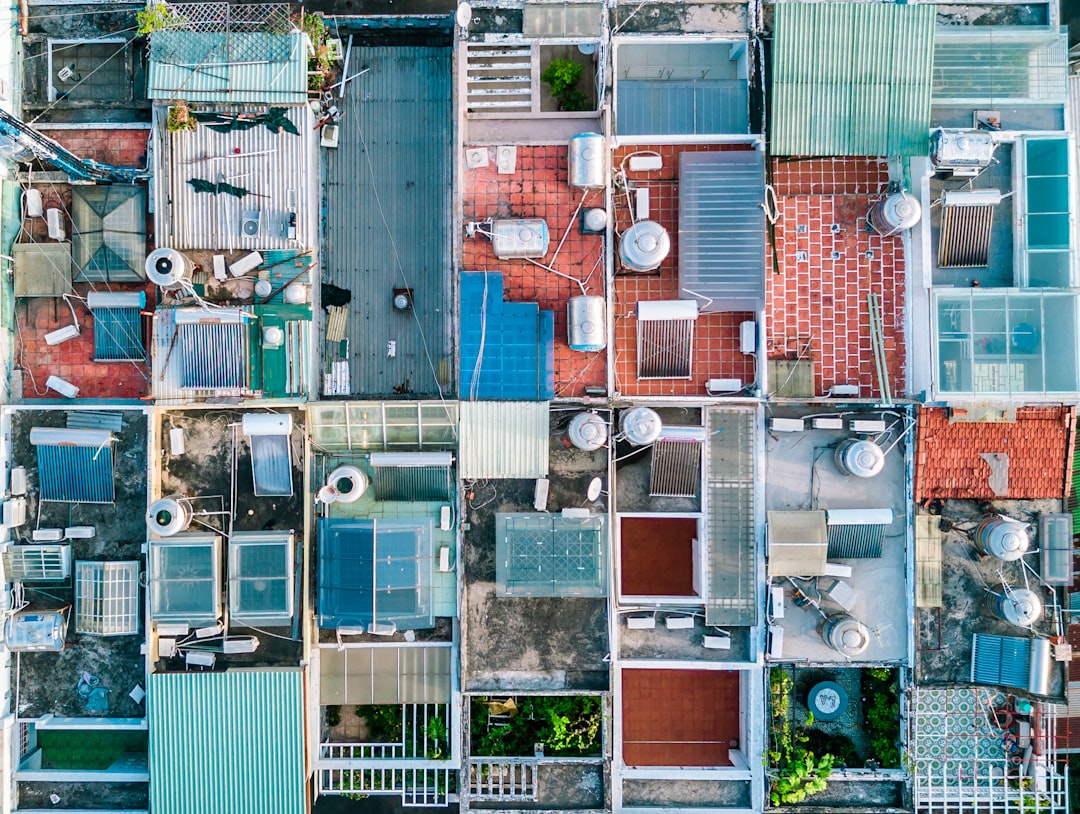In urban environments, rooftops are often overlooked, yet they hold incredible potential for creating lush, green spaces. With container gardening, you can turn an underutilized rooftop into a thriving garden, whether you dream of growing fresh food, adding greenery for relaxation, or creating a stunning social space.
In this guide, we’ll explore how to design, plant, and maintain a successful rooftop container garden, even in challenging urban conditions.
Why Choose Rooftop Container Gardening?
🏙️ Maximizes Unused Space – Converts empty rooftops into productive green areas.
🌱 Improves Air Quality – Plants help filter pollution and reduce urban heat.
🌿 Creates a Private Retreat – A green rooftop offers a peaceful escape from city life.
🍎 Grows Fresh Food – Enjoy homegrown herbs, vegetables, and fruits.
🌞 Reduces Energy Costs – Plants provide natural insulation, keeping buildings cooler.
🌿 Tip: Rooftop gardens reduce stormwater runoff by absorbing rain, helping the environment!
Step 1: Assess Your Rooftop for Gardening Feasibility
Before bringing in plants and containers, evaluate your rooftop for:
🏗️ Structural Strength
-
Check the weight capacity of the roof.
-
Use lightweight containers (fabric grow bags, plastic pots) to reduce load.
🌬️ Wind Exposure
-
Rooftops can be windy!
-
Use wind-resistant plants like lavender, rosemary, or ornamental grasses.
-
Install wind barriers (trellises, bamboo screens) for protection.
☀️ Sunlight & Shade
-
Full Sun (6+ hours/day): Ideal for vegetables, succulents, and Mediterranean herbs.
-
Partial Sun (3–6 hours/day): Best for leafy greens, ferns, and flowers like impatiens.
🌿 Tip: Use shade cloth or pergolas to create relief from harsh sun exposure.
Step 2: Choosing the Right Containers
✔ Lightweight Pots – Plastic, fiberglass, and resin pots reduce roof weight.
✔ Fabric Grow Bags – Ideal for vegetables, as they allow good drainage.
✔ Vertical Planters – Great for maximizing space with wall-mounted or stackable pots.
✔ Raised Beds on Stands – Perfect for growing a mix of herbs, greens, and flowers.
💡 Tip: Ensure all containers have drainage holes to prevent water buildup and roof damage.
Step 3: Selecting the Best Plants for a Rooftop Garden
🌿 Edible Plants (Herbs & Vegetables)
✔ Herbs: Basil, thyme, oregano, mint, rosemary.
✔ Leafy Greens: Lettuce, spinach, kale, Swiss chard.
✔ Fruit & Vegetables: Tomatoes, peppers, zucchini, eggplant, strawberries.
🌸 Flowering Plants (For Beauty & Pollinators)
✔ Full Sun: Marigolds, lavender, geraniums, petunias.
✔ Partial Sun: Begonias, fuchsias, impatiens.
🌳 Small Trees & Shrubs (For Structure & Privacy)
✔ Dwarf Fruit Trees: Lemon, fig, olive.
✔ Evergreens: Boxwood, juniper, dwarf pine.
🌿 Tip: Choose drought-tolerant plants for low-maintenance care in extreme rooftop conditions.
Step 4: Designing a Functional Rooftop Garden Layout
📍 Create Zones – Divide the space into areas for seating, dining, and gardening.
📍 Use Tall Plants for Privacy – Bamboo, ornamental grasses, and trellises block unwanted views.
📍 Incorporate Vertical Gardens – Use wall planters or hanging baskets to maximize greenery.
📍 Add Comfortable Seating – Include chairs, benches, or an outdoor lounge for relaxation.
📍 Use Raised Beds or Large Planters – Define spaces while keeping plants contained.
🌿 Tip: Solar-powered lights and string lights add a cozy, inviting ambiance at night.
Step 5: Caring for Your Rooftop Container Garden
💦 Watering
-
Rooftop gardens dry out quickly due to wind and sun exposure.
-
Use self-watering pots or a drip irrigation system for efficiency.
🌱 Fertilizing
-
Add slow-release fertilizer for long-lasting nutrients.
-
Supplement with liquid feed every 2–3 weeks for veggies and flowers.
🛡️ Weather Protection
-
Move delicate plants indoors or cover them during storms.
-
Use mulch to help retain moisture in hot weather.
🌿 Tip: Choose weatherproof furniture and decor to withstand rooftop conditions.
Bonus: Creative Rooftop Garden Ideas
🌿 Urban Jungle – Fill large containers with tropical plants for a lush escape.
🍽️ Rooftop Farm-to-Table – Grow herbs, veggies, and fruit trees near a dining table.
🏡 Mini Zen Garden – Use bamboo, gravel, and a water feature for a relaxing vibe.
🎨 Colorful Floral Haven – Mix bright flowers and patterned pots for a bold, artistic touch.
Final Thoughts
Rooftop container gardening is a powerful way to transform unused spaces into vibrant, green havens. Whether you want a productive food garden, a private retreat, or a stylish outdoor lounge, rooftops offer endless possibilities for greenery.
🌱 Would you start a rooftop garden? Share your ideas in the comments below! 😊🌿

Comments
No comments yet. Be the first to comment!
You must be logged in to comment. Login